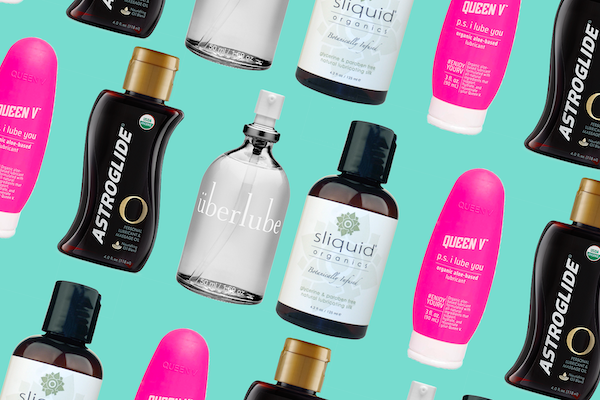The word tribology – based on the Greek word ‘tribos’, meaning rubbing, and the suffix ‘logy’ meaning ‘study of’ – was coined by Peter Jost in 1966, in a report highlighting the cost of friction, wear and corrosion to the UK economy.
Where there is friction, there is tribology – right from reducing simple things such as impossible-to-comb tangled hair (friction) and untangling it with conditioners (lubrication), to complex things such as rubbing of internal components of an engine (friction) and reducing it via engine oil of certain additive formulation and grade (lubrication).
Friction during vaginal intercourse can make sex unpleasurable and lubricants can enhance sexual pleasure by decreasing that friction.
The choice of personal lubricants and condoms, though, depends on the individual. A brief on personal lubricants and condoms is given below.

Personal Lubricants
Personal lubricants can be used to enhance pleasure during sex, masturbation, and sex toy play. Personal lubricants are easily available today for all genders and can be categorised into five main types:
- Oil-based lubricants
- Water-based lubricants
- Natural lubricants/Organic lubricants
- Silicone-based lubricants
- Hybrid lubricants
The types of personal lubricants used include:
- Saliva: This has been used for a long time as it is always available and is free.
- Seaweed: Carrageenans extracted from red edible seaweeds has a gel-like texture and is used in manufacturing many personal lubricants and lubricated condoms.
- Olive oil: A commonly used oil in ancient Greece and Rome for sexual pleasure.
- Mashed Yams: This is one of the many varieties of sweet potato. In 17th-century Japan, a slippery lube made from mashed yams, called tororo-jiru, was used for sex and masturbation.
- Clove oil: Clove serves as a pain reliever household remedy for toothaches. These properties made it fit for anal sex, but it should be used with caution since it’s a strong oil.
- K-Y Jelly: In the year 1904, K-Y Jelly became the first commercially produced lube. Soon its non-sterile version was introduced in the market as a personal lubricant.
- Creams: Cream lubes became popular in the year 1990 as a personal lubricant.

Condoms
A condom is a pouch-shaped barrier that minimises the risk of pregnancy – and of STIs – by restricting the sperm’s ability to enter the vagina/anus. They are also one of the most effective: research indicates that with correct use, failure rates are 2-3%.
Types of condom material available
- Latex: Most used condom material.
- Polyurethane: Much thinner than Latex and allows better heat transfer.
- Polyisoprene: Used as an alternative by those who are allergic to Latex.
- Lambskin: Very durable, thin, and with good heat transfer properties but unable to protect against viral STDs/STIs.
- Nitrile: Newest material generally used in female condoms. Its oil-resistant property helps in handling oil-based lube like vaseline or baby oil without breaking down.
- Silicone: Thicker and stronger than latex and provides a better grip.
Tribology and sex
Tribologists are working on various aspects to make intercourse friction-free and more pleasurable. In one of the research studies, involving development of lubricious coating for latex condoms, results are overwhelming as friction in comparison to non-coated latex was found 53% lower. In another study involving interaction of personal lubricant and condoms, it was found that oil-based lubricants increased breakage, although not statistically significantly, in both new and aged condoms. However, water-based lubricants did not impact the breakage rate of the new condoms and decreased the breakage rate of the aged condoms.
Studies like safe new materials that may preserve or enhance sensation and new shapes and designs that may provide an improved user experience are underway.
Harshvardhan Singh works as a Senior Service Engineer at a mining firm in India. He is currently working into oil analysis field. Has worked in the field of tribology and lubrication and loves to write about the same.
















You must be logged in to post a comment.